I tend to see photography as painting – starting with an awareness of the flatness from which all pictures issue
The Photography of Joseph Podlesnik
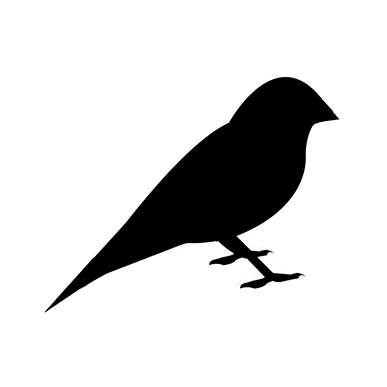
Joseph Podlesnik came to photography by way of drawing and painting, by way of Bauhaus and design, by way of cinema and a life-long interest in the language of pictures. All of this came together for him, first, as an undergraduate at the University of Wisconsin, then later at Cornell, where he earned an MFA in 1992. “I started out in film,” Mr. Podlesnik said in an email, but my difficulty speaking and collaborating with others (I have a noticeable stutter), swayed me toward less verbally-demonstrative studies: drawing, painting and design.”
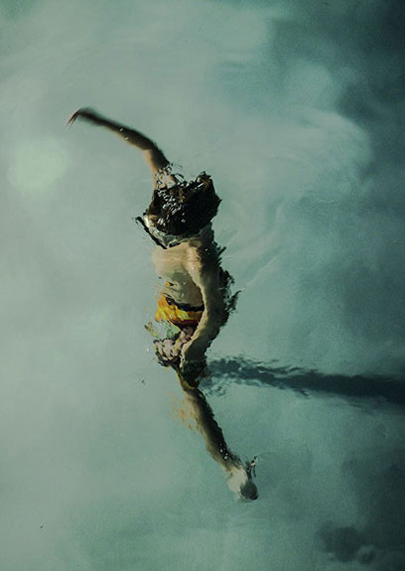
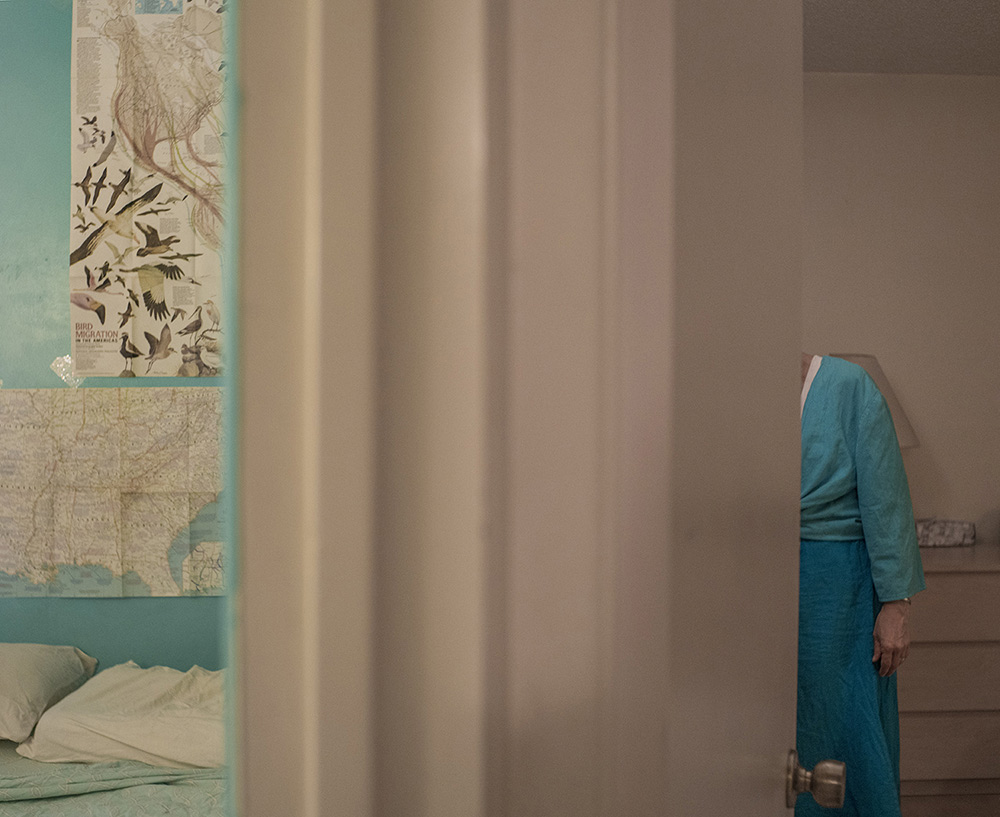
We were taken by how much drawing and design comes through in Mr. Podlesnik’s photographs. It’s not just that his pictures are so wonderfully subjective — each reads as an instance of pure perception rather than as an objective document or demonstration of photography’s (we think dubious) truth claim.
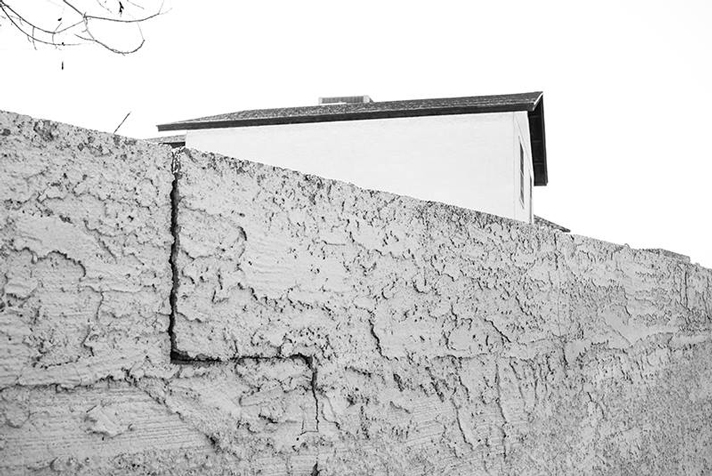
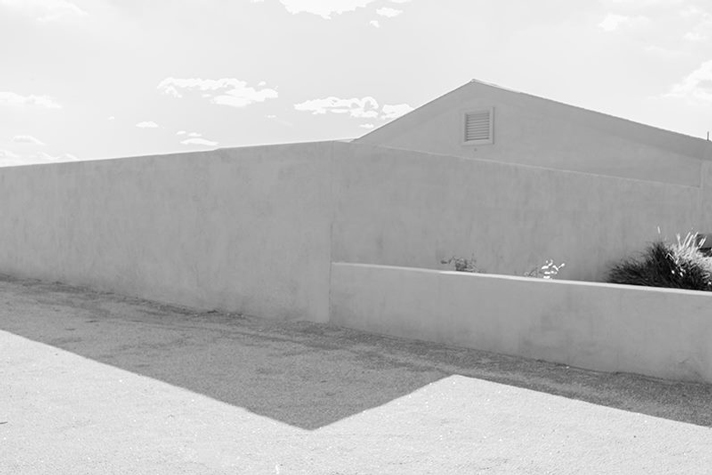
There is also the unity of Mr. Podlesnik’s compositions — a gestalt† of line, light and moment that frees the image from any dependence on narrative or external reference.
Again, Mr. Podlesnik in email:
Working increasingly with photography (for about the last 4 years), I’m finding there’s a hardness, a rigor to it, having to knock heads with a real world which comes in only one aspect through a lens — at least in the more or less ‘straight’ way in which I approach photography — that is different from painting. Many times, I wish a house or group of houses I am photographing was more simplified, had fewer windows or less distracting information to it, as I’m trying to capture or affect visual poetry and not simple documentation. But photography is different in this way. I’m likening the way that I approach photography to coming upon especially beautiful or interesting-looking stones along a beach, say. It’s the thrill of the finding, the discovery of it, rather than concocting it in post. The discovery is not only in the finding of the subject, but in one’s relationship to it, capturing it, finding oneself…
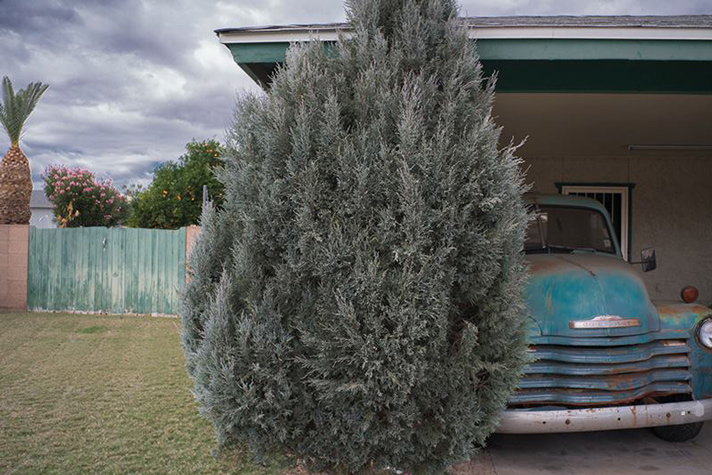
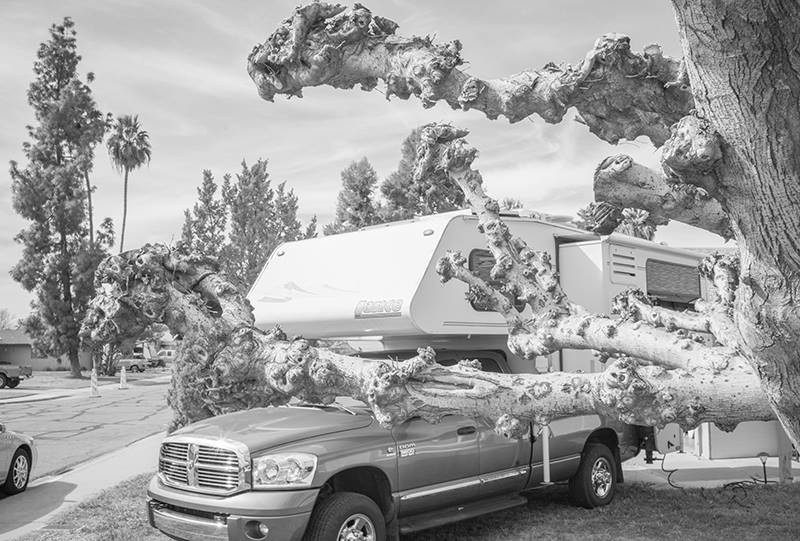
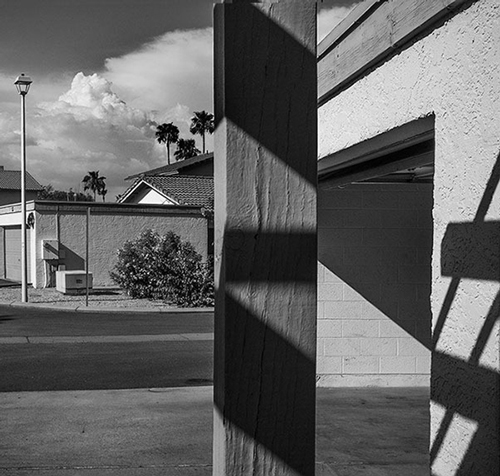
I tend to see photography as painting – starting with an awareness of the flatness from which all pictures issue. I favor pictures that recognize a tension between compositional flatness, patterns or conflicting space and the depicted. Photography and pictures should comment on or reënact perception itself, rather than serve only as documentation. Perhaps it’s my training that places acting visual forces in a photograph to the fore, prioritizing this over incidental documentation.
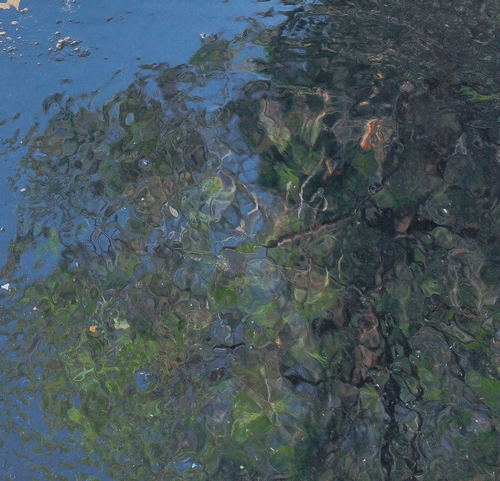

†“Gestalt” — its application to design theory — could not be more apt: “Two influential professors I had at that time were Roy R. Behrens (for design) and Alicia Czechowski (for drawing). It was through Behrens that Bauhaus and gestalt perception/organizational principles were introduced to me.” — Joseph Podlesnik in email.
…certain gestalts are enhanced by our innate tendencies to constellate, or to see as ‘belonging together’ elements that look alike (called ‘similarity grouping’), are close together (‘proximity grouping’) or have structural economy (‘good continuation’). That such tendencies are inborn, not learned, is suggested by the cross-cultural effectiveness of sleight-of-hand magic and camouflage, both of which work by subverting the ‘laws’ described in [Max] Wertheimer’s paper [‘Theory of Form’, 1923].
While a painting or a prose description can never be other than a narrowly selective interpretation, a photograph can be treated as a narrowly selective transparency. But despite the presumption of veracity that gives all photographs authority, interest, seductiveness, the work that photographers do is no generic exception to the usually shady commerce between art and truth. Even when photographers are most concerned with mirroring reality, they are still haunted by tacit imperatives of taste and conscience. The immensely gifted members of the Farm Security Administration photographic project of the late 1930s (among them Walker Evans, Dorothea Lange, Ben Shahn, Russell Lee) would take dozens of frontal pictures of one of their sharecropper subjects until satisfied that they had gotten just the right look on film — the precise expression on the subject’s face that supported their own notions about poverty, light, dignity, texture, exploitation, and geometry.
The thing about photography is — because I’m still fairly new at it — I don’t know that I have the concern or fear of mastery or competence — versus incompetence — issue… . I would just go and grab the camera and look and, you know, respond…
One would not expect a sense of dark, twisted humour, but here it is.
Joseph Podlesnik‘s photographs have been exhibited solo and in group shows, nationally and internationally. He lives, works and teaches in Phoenix, Arizona.

